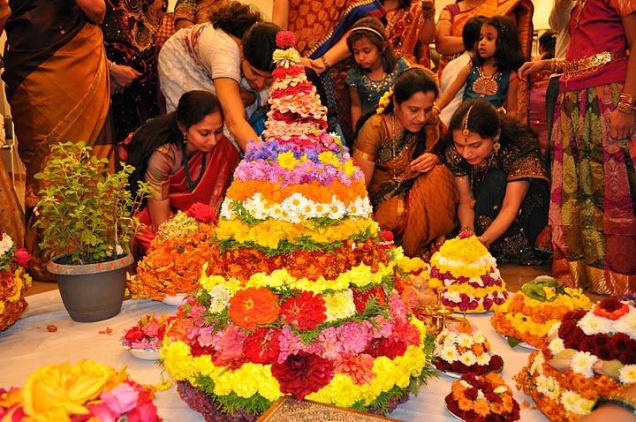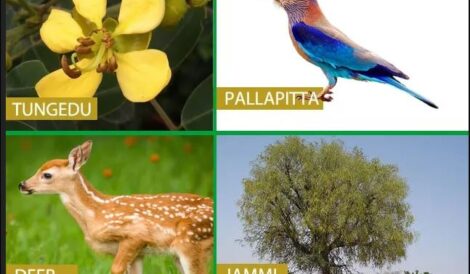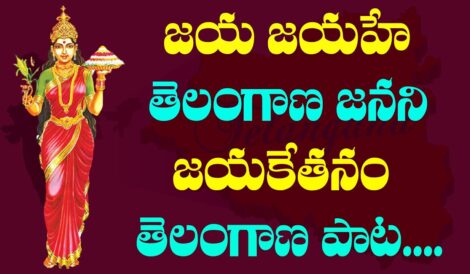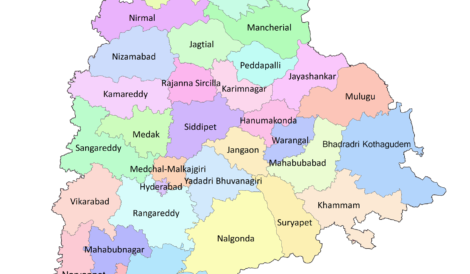
‘South of North and North of South,’ Telangana State has long been a meeting place for diverse languages and cultures. It is easily the best example for India’s composite culture, pluralism and inclusiveness. Located on the uplands of Deccan plateau, Telangana is the link between the North and South of India. It is thus no surprise that the region on the whole came to be known for its Ganga-Jamuna Tehzeeb and the capital Hyderabad as a ‘miniature India!’.
Geography, Polity and Economy of the region determined the culture of Telangana. Satavahanas, the earliest known rulers of the region sowed the seeds of independent and self-sufficient village economy, the relics of which can be felt even today. In the medieval times, the Kakatiya dynasty’s rule, between the 11th and 14th centuries with Warangal as their capital, and subsequently the Qutub Shahis and Asafjahis, who ruled the Hyderabad state defined the culture of the region.
While the Kakatiya rule led to evolution of dance forms such as Perini Sivatandavam, also known as ‘dance of warriors’, the commoners,

faced with the challenges of daily life developed traditions of story-telling coupled with solutions to tide over them through Golla Suddulu, Oggu Kathalu and Gotralu etc.
Several art forms like above mingled and new forms emerged. The ubiquitous ‘Dhoom Dham’ is one such evolved and composite art form. They generally were about the struggle and exploitation. People adopted the old sensibilities of theatre and art changing the content as per the case and place.
Hindu festivals like Ugadi, Srirama Navami, Bonalu, Vinayaka Chaturthi, Dasara, Deepavali, Sankranti, Holi, Mahashivaratri are celebrated with pomp, gaiety and devotion. Dasara is the main festival with the epithet ‘pedda panduga.’
Bathukamma, a part of Dasara festivities, is unique to Telangana. This colourful festival has historic, ecological, societal and religious significance.

Women clad in glittering costumes and jewellery carry beautifully stacked Bathukammas with flowers like Tangedu, Gunugu, Chamanti and others to the village or street’s meeting point.
Making circles around the assembled Bathukammas, womenfolk recite songs in a group. The songs have their roots in Puranas, History and even in the recent political and social developments of the particular region. The fete culminates in Saddula Bathukamma where the villagers immerse the flower stacks in the nearby tanks and lakes.
Bonalu is a Hindu Festival, celebrated during the Telugu month of Ashadam (translates to June/ July of Gregorian calendar) wherein Goddess Mahakali is worshiped. The festival is also considered a thanksgiving to the Goddess for fulfilling the desires of devotees.
As part of the festival, Bojanam or Meal is offered to the presiding Mother Goddess. Women prepare rice cooked with Milk, Jaggery in a Brass or Earthen Pot adorned with Neem Leaves, Turmeric, Vermilion putting a Lighted Diya on top of the Ghatam.
An important part of the festival is Rangam (prophecy). Women standing atop of an earthen pot ‘invokes’ goddess Mahankali onto her and turns an Oracle.
Telangana is a great place for arts and crafts with many astounding handicrafts.
Bidri Craft
The unique art of silver engraved on metal. Black, gold and silver coatings are applied on this. It involves various several stages like casting, engraving, inlaying and oxidizing. The name of this art form is derived from a town called Bidar (currently part of Karnataka) of the erstwhile Hyderabad state.
Dokra Metal Crafts
Dhokra or Dokra is also known as bell metal craft and is widely seen in Jainoor Mandal, Ushegaon and Chittalbori in Adilabad district. The tribal craft produces objects like figurines, tribal gods, etc. The work consists of folk motifs, peacocks, elephants, horses, measuring bowl, lamp caskets and other simple art forms and traditional designs.
Banjara Needle Crafts
Banjara Needle Crafts are the traditional handmade fabrics made by Banjaras (the tribal Gypsies) in Telangana. It is a form of embroidery and mirror work on fabrics employing the needlecraft.
Nirmal Arts
The renowned Nirmal oil paintings use natural dyes for depicting themes from the epics such as Ramayana and Mahabharata. Also, the wood paintings and other wooden articles, has great aesthetic expression. The origin of the Nirmal craft is traced back to the Kakatiya era. The motifs used for Nirmal craft are floral designs and frescoes from the regions of Ajanta and Ellora and Mughal miniatures.
Bronze Castings
Telangana is famous world-wide for its amazing Bronze castings. While using solid casting of icons, the mould is created using several coatings of different clays on a finished wax model. This process then imparts fine curves to the cast image.



